Okabe, now merged with Fujieda City used to be the 21st Station along the Old Tokaido Route, actually the most used one of four that existed at the time as it mainly followed the coast between Nihonbashi in Edo/Tokyo to Keishi/Kyoto.
Inns were vital for the well-being of travellers of the time, generally of so-called middle class, especially merchants, and such a one can still be found just near the “Okabeshuku Kashibaya Mae” bus stop. As for reaching it, one cheap way is to take a bus either from Shizuoka City JR Station North Exit or Fujieda City JR North Exit.
Difficult to miss as it stands by a park.
You will also find a souvenir shop open from 09:00 to 17:00 and a lunch restaurant open from 11:00 to 14:00 located at the back.
The front access.
Don’t forget this attraction at the back in the shape of old traditional Japanese warehouses or “lura”.
Note the owning family crest at the top!
The lobby with a noren/entrance curtain. You will pay a small entrance fee there and be handed a pamphlet either in Japanese or in English.
From the inside.
Somebody will be on hand to introduce the whole building. What you see above is a small box inside the wall containing a paper lantern that was used for night arrivals!
The guide explained to us the handling of the front entrance.
As well as the front, windows which can be completely closed at night or in bad weather.
The wooden curtain would prevent any rain or unwanted visitor during the night.
Before entering the actual premises visitors/travellers would first sit in the mise/welcome space where they would be introduced to the inn, their lodgings and the fees.
Like in Japanese traditional inns nowadays, board included dinner and breakfast and were not that cheap. Customers were mainly of the lower to higher middle-class, including merchants and Samurai and their retinue.
The indoor kitchen. Actually a lot was also prepared outside and in annexes!
The owners had their own quarters on the ground/first floor.
Domestic scene. The owner’s wife would paint her lips in black as a mark of her status.
The whole place is a museum. The present inn was rebuilt in 1836 and had to be built again after two fires struck the whole of Okabe. It was registered as a National Intangible Cultural Asset in 1998.
Candles and lanterns.
Portable stove to heat water or sake!
An incense clock! The powdered incense would take a determinate time to burn inside that contraption.
Valuable hairpin collection, some of them made of tortoise shell!
Money and purses of the time.
Traveler’s portable gear including ink stone and so on.
Access to the upper floor.
You tour the whole place in a predetermined order.
Kamidana/Home Shrine.
A fireman’s gear of the time.
I told you it was a true little museum, didn’t I?
A biwa, my favourite Japanese music instrument.
Traveling gear.
Traveling clothes.
Lower middle-class guests on the upper floor.
Back to the owner’s “business room” on the ground floor.
Ceiling rafters.
A genuine ukiyoe/woodblock print of the Old Tokaido Road reaching Okabe.
More copies of ukiyoe from the era.
A relief map of Edo Era Okabe.
An Edo Era scene of the Inn!
Japanese carps in the pond of the small outdoors garden.
A cute garden.
Don’t forget to visit to the museum inside the kura behind the Inn as the owner was also a licensed pawn shop owner.
[cft format=0]












































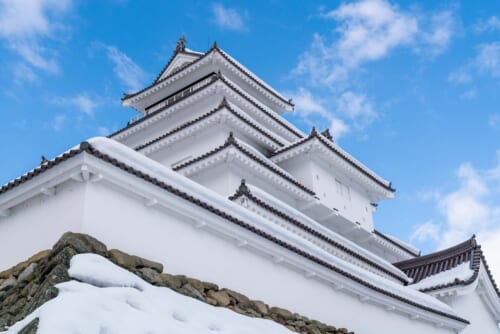
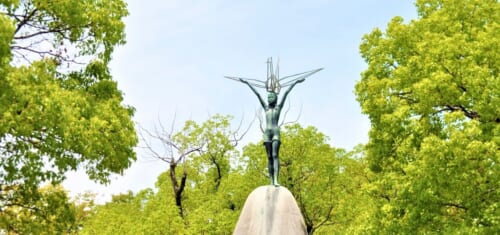
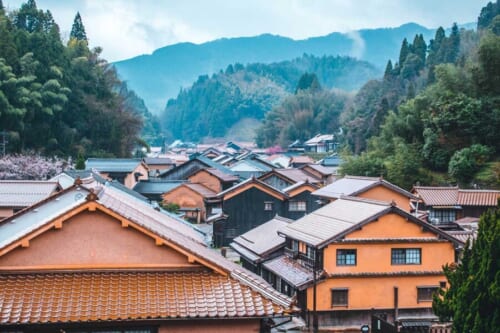
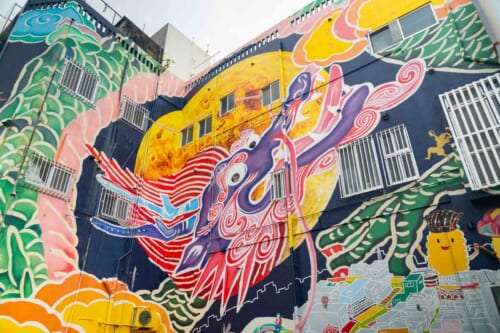
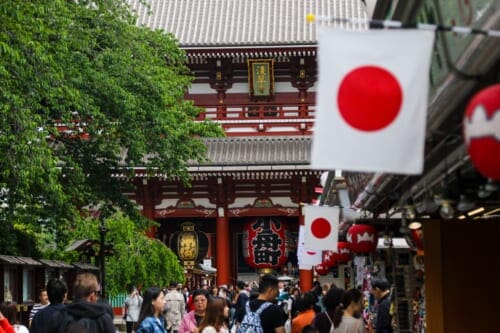
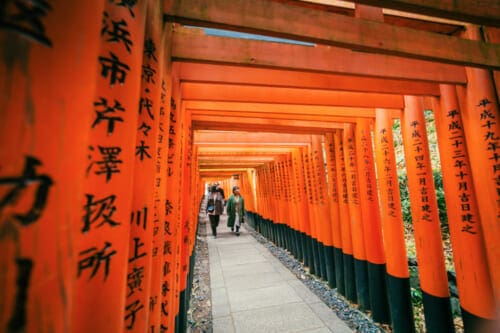
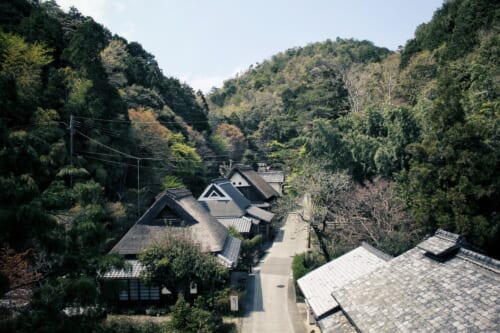


No Comments yet!